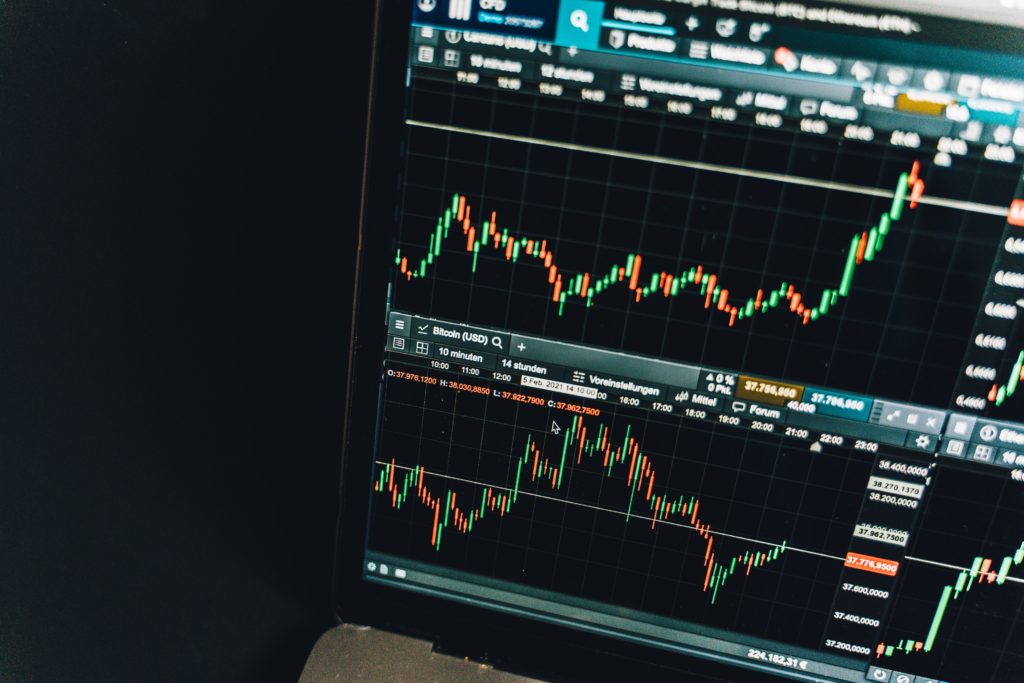Backtesting is essential for traders who want to develop their trading strategies. A simple way to test your strategy and see how it performs in different market conditions is by using Python. Here we will discuss the 4 things that you should know about backtest trading with Python.
Identify patterns that worked in the past – but may not work in the future.
Backtesting is a way to test the performance of a trading strategy in the past. It can be used to test the performance of a trading strategy in the past, but you should never rely on historical data for decisions about your future actions.

Suppose you have been following my blog series on how Python works as an investment tool. In that case, you should know by now that it can generate meaningful results based on predictive modeling algorithms based on probability theory. Python has many built-in functions that allow us to do many things like calculating expected return or variance, etcetera.
Backtest performance is all about pattern recognition.
The Relative Strength Index (RSI) is a momentum oscillator that measures the speed and change of prices. It’s also known as “Welles Wilder” after its creator, J. Wells Wilder Jr., introduced it in his 1978 book New Concepts in Technical Trading Systems.
The RSI has been used by traders for decades because it reflects investor sentiment more accurately than other indicators like MACD or Stochastic Oscillator.
Speed up the development and testing of new trading strategies.
A good backtest trading strategy script should help speed up the development and testing of new trading strategies.
The most important feature of the Python programming language is its ability to make code more readable, thus allowing developers and users alike to understand the logic behind their actions. In addition, it also allows for easier debugging when things go wrong or unexpected behavior occurs.
Before risking real money on it with these simple steps
The next step is to import the RSI indicator. You can do this by typing the following code into your Python editor:
Import pandas as pd
from scipy.signal import rsi
Then, create a new function called backtest() and pass it an array of data with the following lines:
def backtest(data):
for i in range(len(data)):

Create an RSI indicator using pandas’ built-in method apply_filters(). This will allow us to plot our chart by writing no code for ourselves! We just need one line here: apply_filters(rsi). Next, call this function on our data using its name argument, which was passed into this function when we declared it earlier – rsi$. Finally, ensure that what we get back from our process is an object whose str() method returns something along these lines.
And that’s just the tip of the iceberg! There are many more advantages of backtest trading with Python. For example, you can use it to test trading strategy performance and learn from past mistakes. You could also develop strategies based on this library for excellent and consistent profits – without worrying about losing money or even closing your account because of losses!
